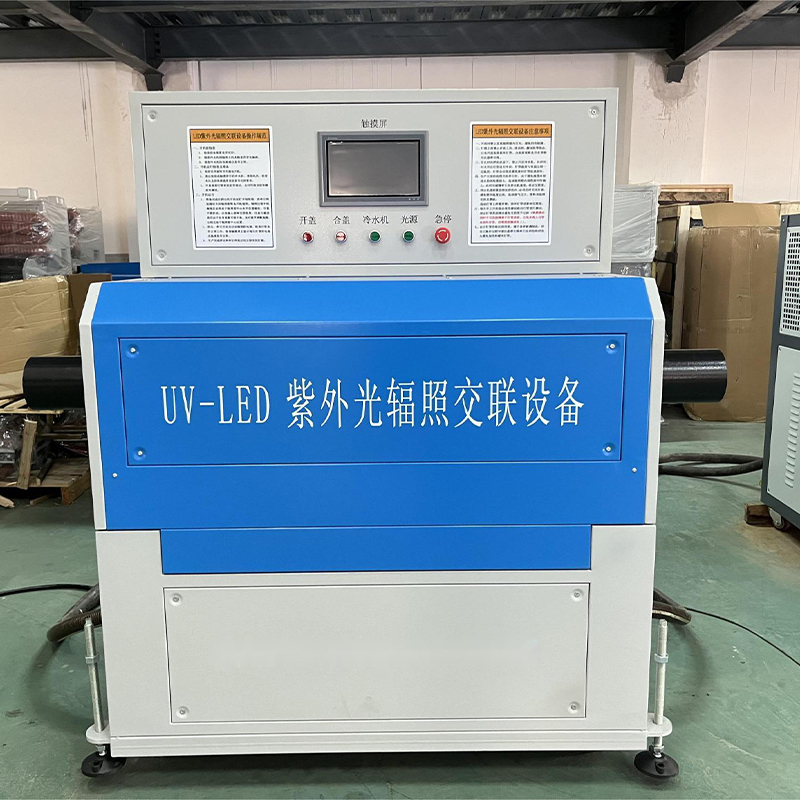cable combustion testing machine manufacturer
The Evolution and Importance of Cable Combustion Testing Machines
In the world of electrical engineering, safety and reliability are paramount. One crucial aspect of ensuring that electrical cables meet safety standards is through comprehensive testing, and among the various methods employed is the use of cable combustion testing machines. These specialized devices are essential for manufacturers looking to comply with stringent industry regulations and to prevent fire hazards associated with electrical wiring.
What Are Cable Combustion Testing Machines?
Cable combustion testing machines are designed to evaluate the flammability and fire resistance of cable materials. These machines typically simulate real-life fire scenarios to assess how cables behave when exposed to heat, flames, or electrical faults. The testing process helps manufacturers understand the ignition properties, smoke production, and heat release characteristics of different cable types.
By employing such testing, manufacturers can develop cables that meet international safety standards, including those set by organizations like the International Electrotechnical Commission (IEC) and Underwriters Laboratories (UL). These standards vary by region, but they all share the common goal of ensuring that electrical installations do not pose a risk of fire.
Types of Testing Conducted
Cable combustion testing encompasses several types of evaluations, each designed to expose specific vulnerabilities. Some common tests include
1. Vertical Tray Test This test assesses how cables perform when installed in a vertical configuration, which is common in many building infrastructures. Cables are exposed to fire from below, and the test measures flame propagation and the amount of smoke produced.
2. Horizontal Test Similar to the vertical test, but it measures the spread of flames when cables are arranged horizontally. This test is particularly relevant for installations in horizontal conduits.
3. Single Wire Test This test evaluates the burning characteristics of individual cables, which is particularly important for installations where cables may not be bundled together.
4. Smoke Density Measurement This evaluates the amount of smoke generated during combustion, a critical factor in fire safety since excessive smoke can obscure visibility and be toxic.
cable combustion testing machine manufacturer

Choosing the Right Manufacturer
Choosing the appropriate manufacturer of cable combustion testing machines is crucial. When selecting a manufacturer, consider the following factors
- Experience and Reputation Look for companies that have a long-standing history in the testing industry and positive reviews from other clients.
- Quality and Compliance Ensure that the equipment meets international standards for safety and functionality. Machines should be calibrated and tested regularly.
- Customer Support and Training A manufacturer that offers comprehensive support and training can help ensure that you fully understand how to operate the equipment and interpret the results accurately.
- Customization Options Depending on your specific testing needs, you may require a machine tailored to your unique requirements. A flexible manufacturer can accommodate such customization.
The Future of Cable Combustion Testing
As the electrical industry evolves, so too do the materials and technologies used in cable manufacturing. Emerging materials often demonstrate different combustion characteristics, necessitating updated testing methods. Manufacturers must stay abreast of changes in regulations and advancements in technology to maintain compliance and ensure safety.
Moreover, with environmental concerns gaining traction, there is an increased focus on creating cables with reduced flammability while also examining the environmental impact of materials used. Manufacturers are now looking into developing more sustainable testing methods and materials, guiding innovations that address both safety and environmental sustainability.
Conclusion
Cable combustion testing machines play a pivotal role in ensuring the safety and reliability of electrical cables. As industries continue to adapt to new challenges and innovations, the importance of rigorous testing will only grow. For manufacturers, investing in high-quality testing equipment from reputable manufacturers is not just a legal requirement but a crucial step in safeguarding lives and property against the risks of electrical fires.
-
Why the Conductor Resistance Constant Temperature Measurement Machine Redefines Precision
NewsJun.20,2025
-
Reliable Testing Starts Here: Why the High Insulation Resistance Measuring Instrument Is a Must-Have
NewsJun.20,2025
-
Flexible Cable Flexing Test Equipment: The Precision Standard for Cable Durability and Performance Testing
NewsJun.20,2025
-
Digital Measurement Projector: Precision Visualization for Modern Manufacturing
NewsJun.20,2025
-
Computer Control Electronic Tensile Tester: Precision and Power for the Modern Metal Industry
NewsJun.20,2025
-
Cable Spark Tester: Your Ultimate Insulation Assurance for Wire and Cable Testing
NewsJun.20,2025
 Copyright © 2025 Hebei Fangyuan Instrument & Equipment Co.,Ltd. All Rights Reserved. Sitemap | Privacy Policy
Copyright © 2025 Hebei Fangyuan Instrument & Equipment Co.,Ltd. All Rights Reserved. Sitemap | Privacy Policy
